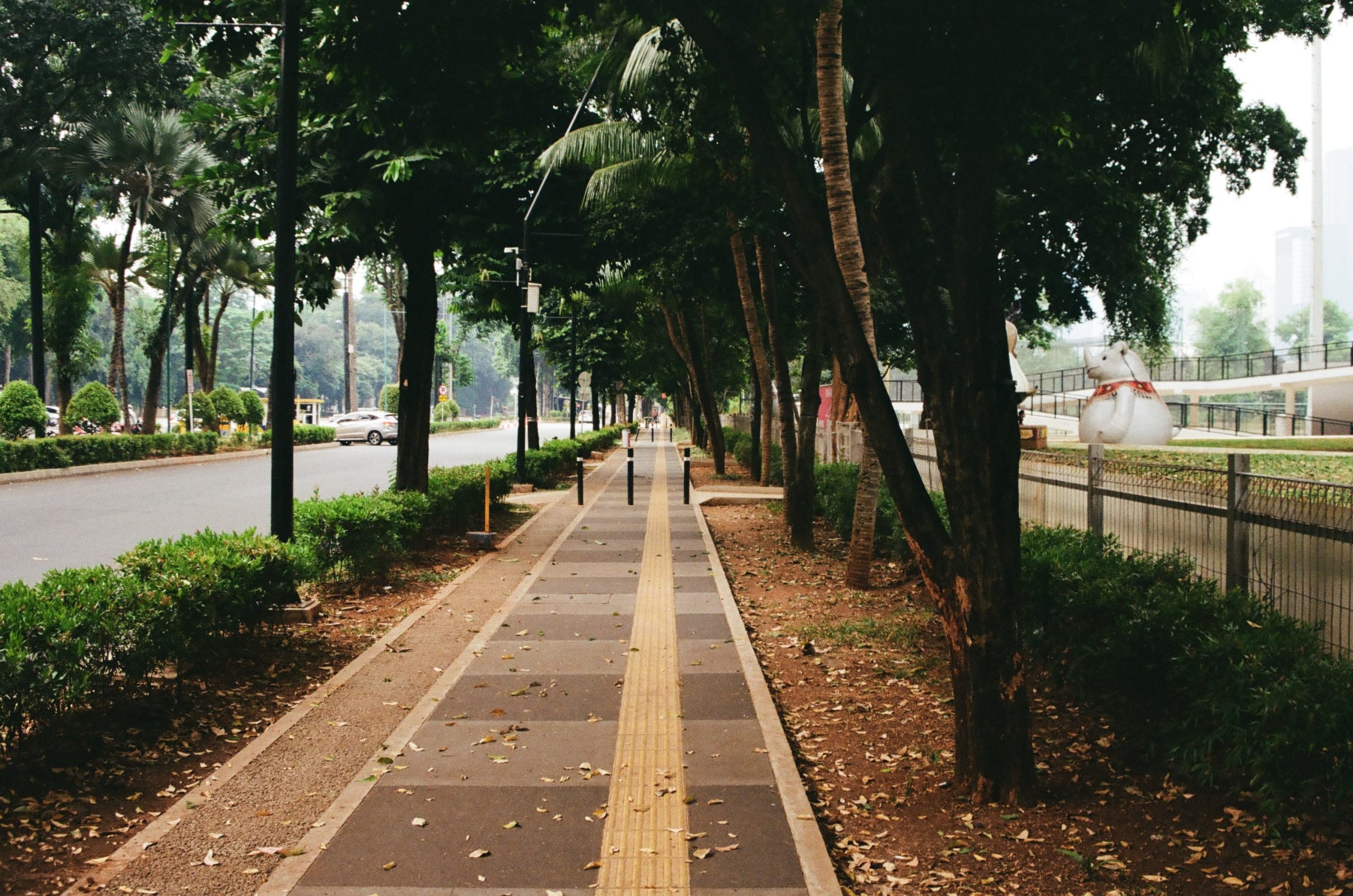
Urban forestry plan
Commitment

Summary
Trees provide cooling through evapotranspiration and shading that decreases temperatures along walkways. Increasing vegetation provides numerous co-benefits like reducing pollution, improving the public realm, and decreasing energy costs. The goals of an urban forestry plan is to look at existing tree canopy coverage and identify strategies to expand coverage. Creating an urban forestry plan is an important step to align different departments to address possible disparities in tree canopy coverage, protect biodiversity, and provide efficient maintenance.
Implementation
Create an urban forest or street tree plan to guide city implementation.
Considerations for Use
Urban forestry plans need to select native species that recognize local context’s water needs. Trees can increase fire risk depending on climate and environmental context. Plantings require ongoing maintenance with associated costs and staffing. Urban forestry and street plans can be piloted in high priority neighborhoods or neighborhoods undergoing rezonings.
Overview
Climate:
Hot/Dry, Hot/Humid, TemperatePolicy Levers:
CommitmentGovernments set ambitious goals or targets to guide prioritization and investment.Trigger Points:
City planning processesIncludes city initiatives such as the development of climate action plan, pathway to zero-energy, master plan, transit plan, energy mapping etc.Evaluating or initiating major city infrastructure projectsIncludes projects such as city transit, street or utilities construction / re-construction etc.Preparatory measures (actions to establish authority to act)Actions to establish/ensure the authority to act when appropriate trigger-points occur.Intervention Types:
Green/natural InfrastructureSectors:
Informal Settlements, Parks, Public Works
Case Studies
Impact
Target Beneficiaries:
Heat-vulnerable communities, Property owners, ResidentsPhase of Impact:
Risk reduction and mitigationMetrics:
Change in urban canopy
Implementation
Intervention Scale:
City, District, NeighborhoodAuthority and Governance:
City governmentImplementation Timeline:
Short-term (1-2 Years)Implementation Stakeholders:
CBOs, City government, Private developers, Property owners and managersFunding Sources:
Grants and philanthropy, Private investment, Public investmentCapacity to Act:
HighBenefits
Cost-Benefit:
MediumPublic Good:
HighGHG Reduction:
LowCo-benefits (Climate/Environmental):
Improve stormwater management, Preserve biodiversity, Provide flood protection, Reduce air and water pollutionCo-benefits (Social/Economic):
Build social cohesion, Improve human health, Improve the public realm, Increase property values
